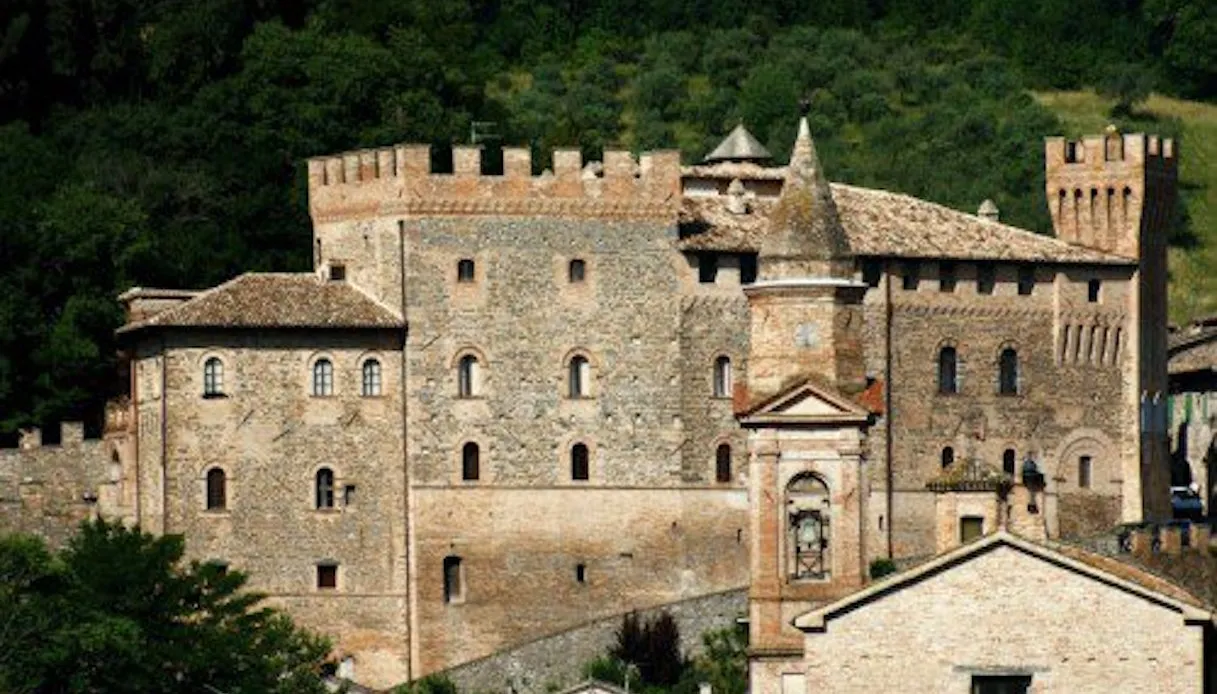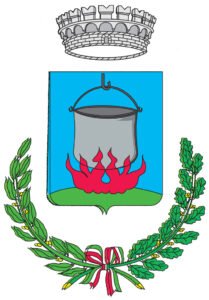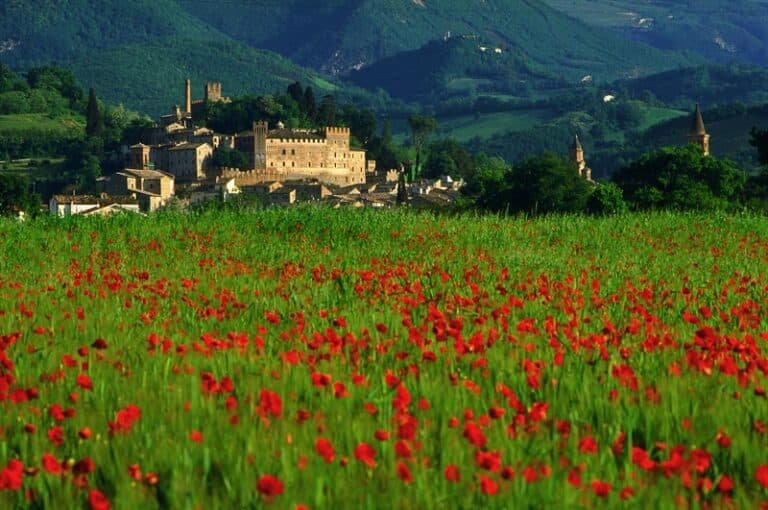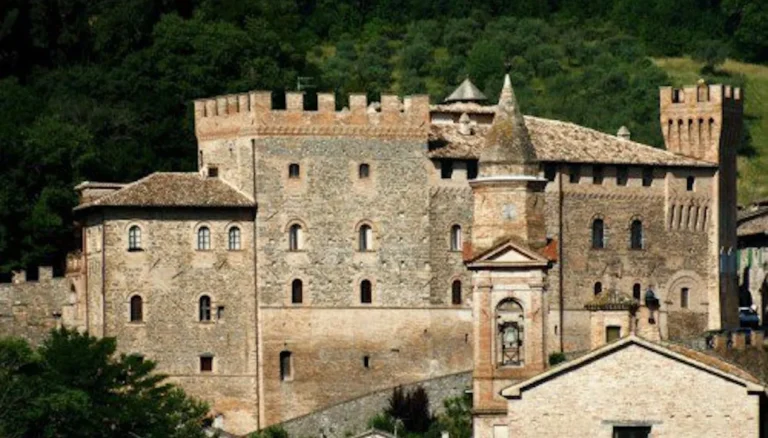Profile
Land of art and castles, Caldarola amazes the visitor with the fairytale flavor of its ancient manor with Guelph stingles, with its refined urban structure that makes it an authentic jewel of sixteenth-century architecture and urbanism, with its important Roman and medieval testimonies that fill the fascinating natural scenery of the surrounding area with history.
Caldarola probably owes its name to the Latin term Calidarium, which indicated the room with the hot water tub of the spas in the area. The town, which had its maximum flowering in the middle of the ‘500 by the noble Pallotta family, still maintains the urban structure desired by Cardinal Evangelista Pallotta in the sixteenth century and is dominated by a castle.
The Pallotta Castle gives an unforgettable face to the whole country having taken the place of the modest dwellings where it had once dominated the feudal “castrum”. The museum preserves a collection of weapons (from the thirteenth to the seventeenth century) and one of carriages (19th – 20th century); all the rooms are furnished with period furniture and the decorations of some rooms are of the de Magistris. In the castle, located at the ellows of Mount Colcù, you enter through Porta Camerte, a gap closed by a massive gate with the letters of the name encised. Back in the open and continuing south, through the drawbridge you enter the park where a pine tree is shed that is among the oldest in the region and that was planted in 1598 in memory of the visit of Pope Clement VIII.
The ancient manor still preserves intact the walls, the Guelphic matle, the patrol paths and the drawbridge. The residential rooms contain furnishings from the sixteenth and seventeenth centuries along with original upholstery and curtains. The ancient kitchen is to be visited, with the typical equipment of copper utensils and ceramic and terracotta tableware, the reception hall, the elegant bedroom dedicated to guests, the dining room with the beautiful and very rare eighteenth-century ceramics of Marche production and the delightful yellow living room embellished by the frieze attributed to Simone De Magistris, a great mannerist painter from Caldaro.
Map
Sorry, no records were found. Please adjust your search criteria and try again.
Sorry, unable to load the Maps API.













